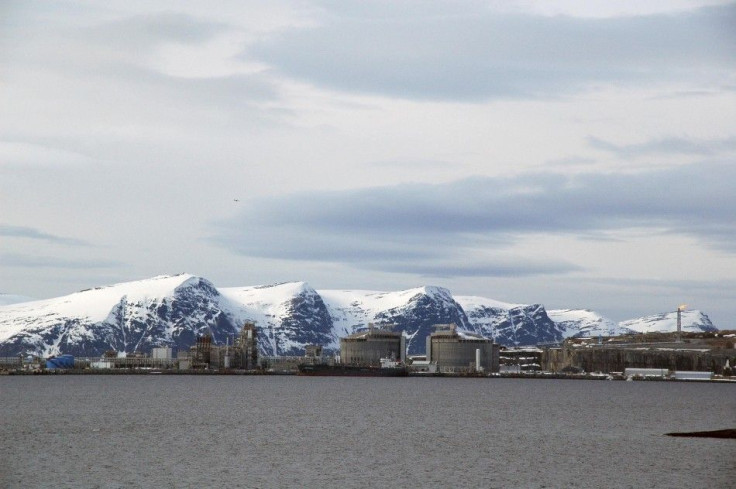Santos transports first LNG shipment from Australia to South Korea

South Australia’s oil and gas giant Santos shipped its first liquefied natural gas (LNG) from the Queensland’s Gladstone plant worth US$18.5 billion (AU$25.35 billion) to South Korea on Friday.
The LNG shipment is being carried by the Malaysian-owned Seri Bakti from Curtis Island in Gladstone harbour to Incheon, South Korea and is expected to reach its destination in the upcoming weeks. The Korean Gas Corporation, which bought the LNG from Santos, is considered as the biggest importer of the fuel and holds an ownership of about 15 per cent in the GLNG venture.
Santos Managing Director and Chief Executive Officer David Knox said on Friday that this was the largest project it had ever handled, and he was proud to have been able to deliver the shipment on time and within the specified budget. “Successfully delivering our first operated LNG project is a testament to our dedicated employees and contractors, the support we have received from governments, local communities, our customers and shareholders, as well as the strong relationships we enjoy with our joint venture partners,” he said.
The CEO also said that the successful delivery of the LNG shipment would help them capture the position of a major and competitive LNG supplier across Asia. He believes that the GLNG project would surely generate heavy cash flows for the Santos businesses in future.
Santos announced to begin the production if one of the two LNG production trains commenced in September at the GLNG venture, which is being prepared for two weeks now. As soon as the second train production started in the coming six to nine months, the plant would be completely in action with the trains ready to load two ships in a week.
The construction of the LNG project started in 2011 with involvement of more than 10,000 people and consumption of more than 95 million work hours till date. The project witnesses an investment of more than AU$15 billion from across Australia, including investment of AU$8 billion alone from Queensland.
Contact the writer at feedback@ibtimes.com.au, or let us know what you think below.





















